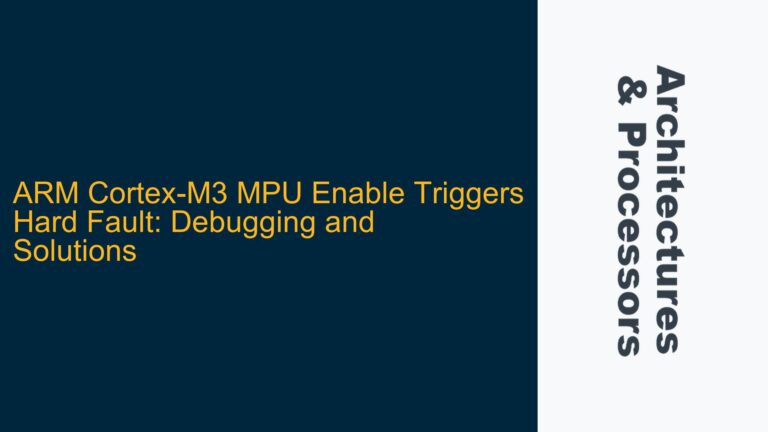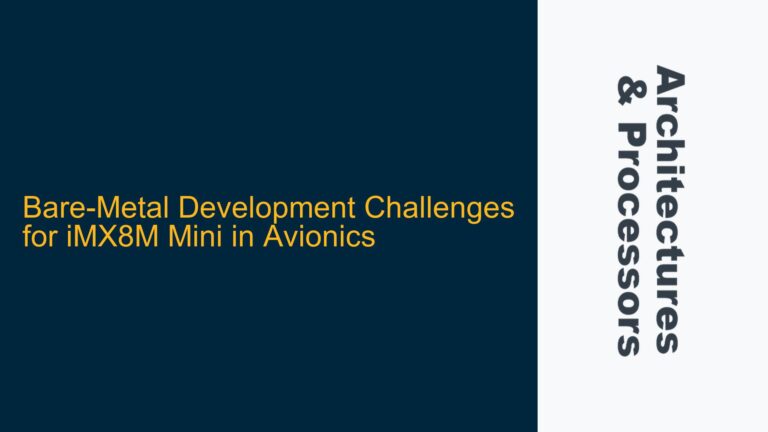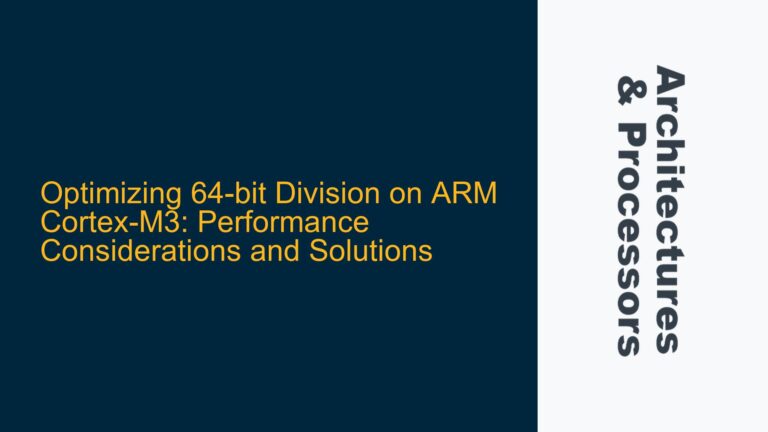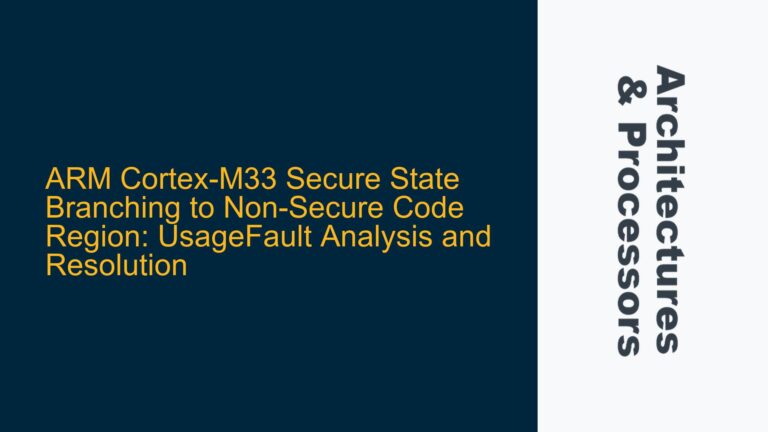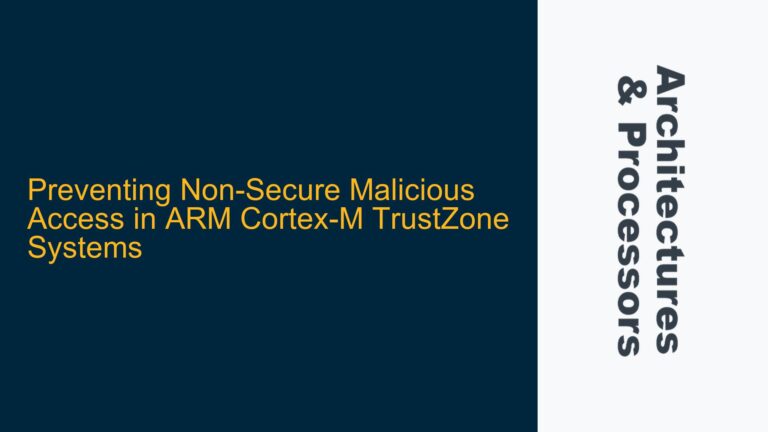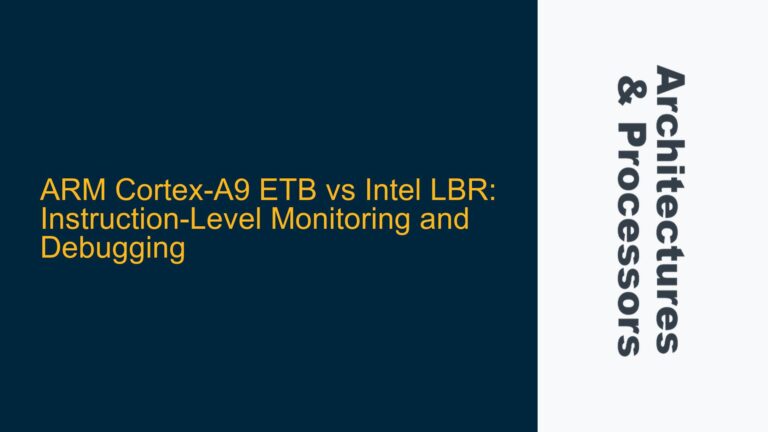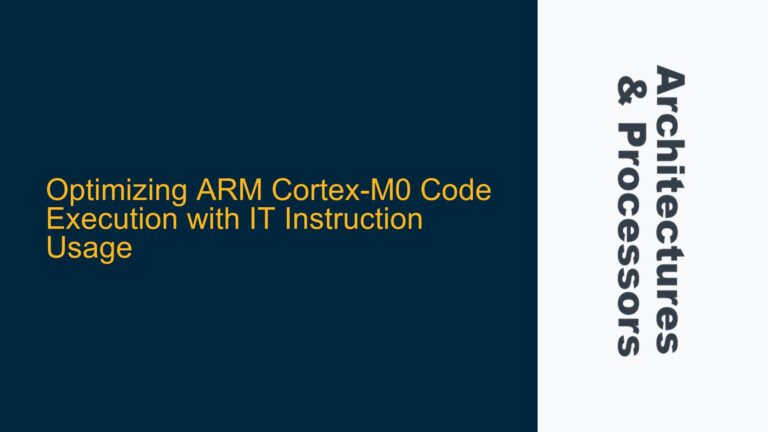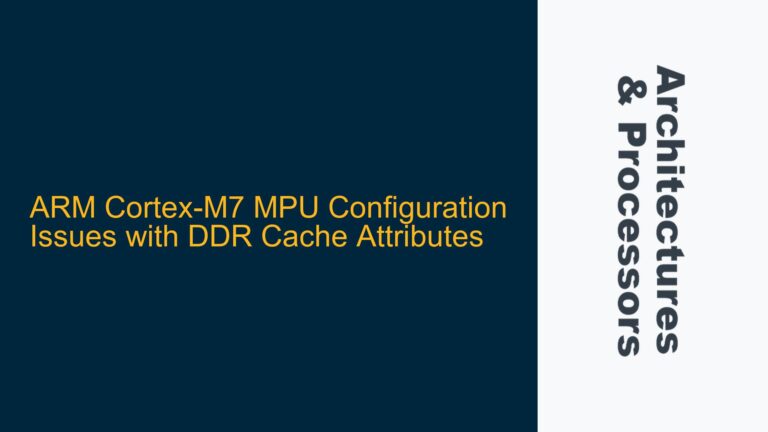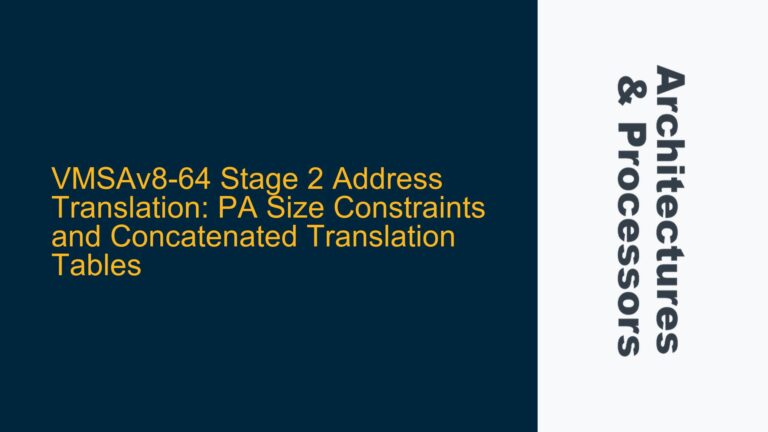ARM Cortex-M3 MPU Enable Triggers Hard Fault: Debugging and Solutions
MPU Configuration and Hard Fault Trigger During Enable The ARM Cortex-M3 Memory Protection Unit (MPU) is a critical component for ensuring memory safety and access control in embedded systems. However, enabling the MPU can sometimes lead to unexpected hard faults, especially if the configuration is incorrect or incomplete. In this scenario, the hard fault is…
